Disruption has become much more of a focus in the last few years but is not a new concept. Likely, you’ve heard of the different stages or points of accepting and implementing disruption. Possibly, your Middle Market firm has regular discussions about how to deal with disruptors in your marketplace.
How you choose to track and respond to disruption not only has implications for your business structure but also your future viability and your bottom line.
Let’s explore your options for responding to disruption and how you can determine which works best for your Middle Market organization – now and in the future.
4 Disruptor Responses
In the 50’s a framework for disruption was built and since has been incorporated and adapted in numerous books, articles, and business plans. For ease of understanding moving forward, your company can decide to be any of the following.
Innovators – Innovators plow paths for others with active, hyper-focus on innovation and disruption. They need fantastic management and processes in place.
Early Adopters – Early adopters watch the competition and keep an eye on what innovations exist and are coming. They might also have huge pain points and know they must adopt early to move forward.
Early & Late Majority – Sticking closely with the rest of the industry is safe and pragmatic. If you choose to be in the majority, you’ll let others work out the kinks and you can reap the rewards of refined processes, products, and support.
Laggards – Laggards wait until they can’t avoid it any longer to implement change or disruption. Waiting usually means there will be more options available for adoption, training, and support – with more attractive pricing. However, your organization needs to be mindful of companies that haven’t responded to disruption and paid the ultimate price.
Deciding How Your Middle Market Company Will Respond To Disruption
It’s important your Middle Market organization has a firm grasp on its pain and weak points – and knows when it is time to shift into overdrive and move from the majority or laggard positions. Here are some items to consider when you look at your overall strategy.
You should now be able to see a path of innovation to help secure your current operations and provide ways to improve without courting problems.
Becoming Responsive
No matter where you fall on the spectrum, your key objectives should be staying in touch with what is happening in your industry, gauging emerging technology and innovation and staying responsive to disruption.
Starting with the above assessment and drilling down further into the overall health of your products & services, leadership & staffing, infrastructure, technology and finances will likely highlight areas that need shoring up or refining.
Establishing how each of your core groups works and responds to innovation is another key piece of becoming more responsive.
When you know where you are currently, what you need to improve and where your Middle Market firm wants to be in the future will help write your disruption path.
So what’s in the Mighty Middle Market for me? — get it right now at www.Go4ROI.com.

